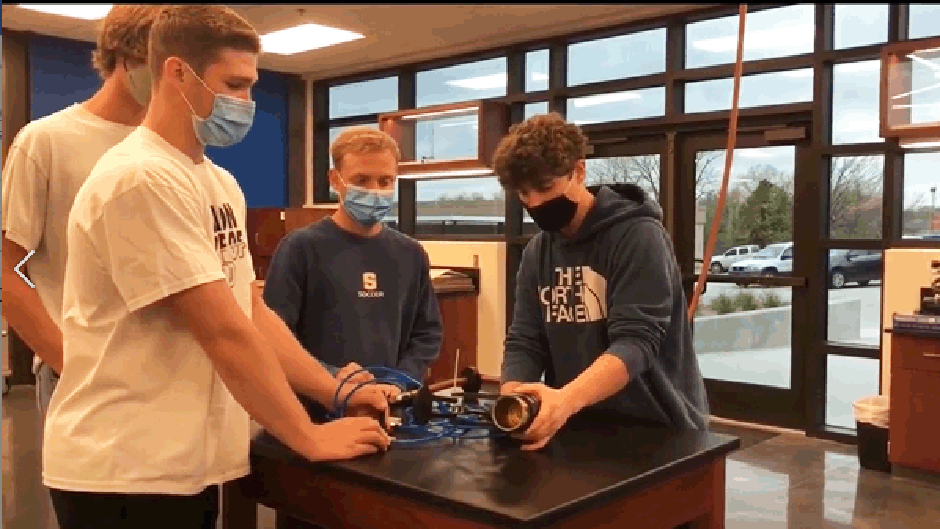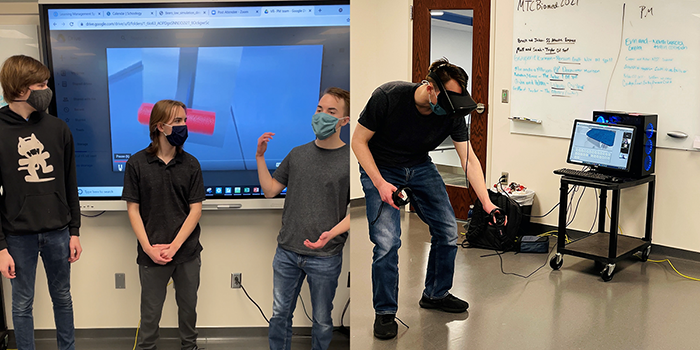PBL + NASA = Success
Oklahoma Students Designing Products for NASA
By Tim Shaughnessy and Diane James, SREB
Students at Meridian Technology Center in Stillwater, Oklahoma, are enjoying maximum benefits and national recognition for their project-based learning experiences. In the 2020-21 school year, three teams of students in Meridian’s STEM Academy were selected as finalists in NASA’S annual HUNCH design competition.
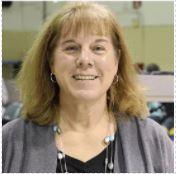 HUNCH — High
Schools United with NASA to
Create Hardware — is a national
instructional partnership between the National Aeronautics and
Space Administration and schools. HUNCH uses project-based
learning to inspire students to build cost-effective hardware and
soft goods for use aboard the International Space Station.
Challenged to find solutions to real-world problems identified by
NASA engineers and astronauts, students receive feedback on their
concepts, designs and fabrication tasks from NASA engineers and
staff.
HUNCH — High
Schools United with NASA to
Create Hardware — is a national
instructional partnership between the National Aeronautics and
Space Administration and schools. HUNCH uses project-based
learning to inspire students to build cost-effective hardware and
soft goods for use aboard the International Space Station.
Challenged to find solutions to real-world problems identified by
NASA engineers and astronauts, students receive feedback on their
concepts, designs and fabrication tasks from NASA engineers and
staff.
Debbie Short, an instructor in Meridian’s Pre-Engineering STEM Academy, says her students have participated and been finalists in the HUNCH program for the past two years. What’s more, all three of the three student teams who presented their final projects in 2020-21 were finalists, “which personally just blew me away,” says Short.
The HUNCH program has six different pathways that include design and prototyping, software, hardware, sewn flight articles, video and media, and culinary. Each September, NASA releases a description of 10 to 15 potential HUNCH projects. Students select which projects they are most passionate about and want to tackle. This year, Meridian students chose to work on Simulated Gravity VR/AR (Virtual Reality/Augmented Reality), Energy Food Bite Dispenser and Trash Ejector.
The Projects and the NASA Challenge
Simulated Gravity AR/VR: When astronauts live on the space station for several months at a time, even though they exercise every day, they often experience difficulties when they return home due to the effects of low gravity on the human body. NASA challenged students to use virtual reality and/or augmented reality technology to design a space station environment that simulates the effects of gravity on astronauts living in that environment.
Meridian students Collin Bovenschen, Brendan Bovenschen, Emma Li and Kurt Sewel used Oculus Quest hardware and Unity software to design a virtual reality simulation that illustrates how gravity would work in a rotating space environment with altered states of gravity.
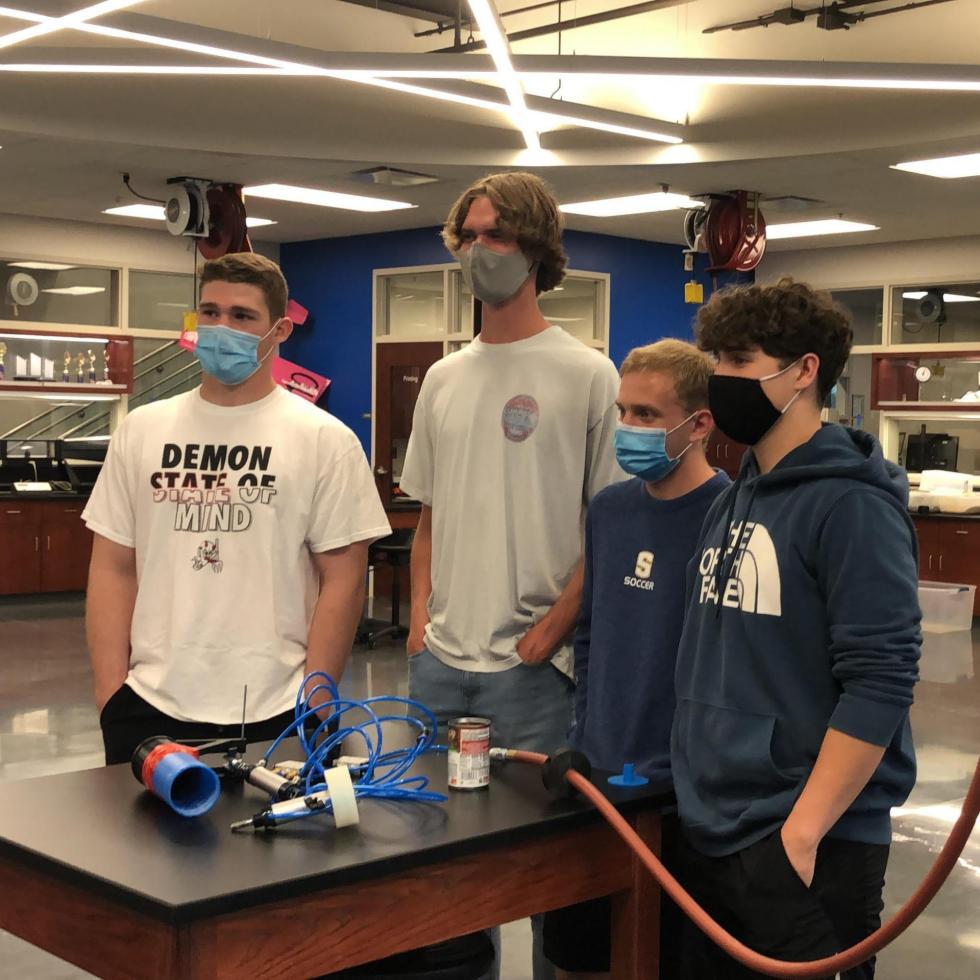 Mars Trash
Ejector: Astronauts traveling to and from Mars will
accumulate a significant amount of trash that could be
detrimental to their mental and physical health and have a
significant impact on fuel consumption. NASA challenged students
to come up with a way to dispose of trash on the ISS or smaller
shuttle craft.
Mars Trash
Ejector: Astronauts traveling to and from Mars will
accumulate a significant amount of trash that could be
detrimental to their mental and physical health and have a
significant impact on fuel consumption. NASA challenged students
to come up with a way to dispose of trash on the ISS or smaller
shuttle craft.
Students Sam Glenn, Gage Allen, Wyatt Lopp and Seth Thibodeau designed a model prototype that ejects non-human waste from the space station directly into space without losing air in the station. Using a soup can as a stand-in for a small-scale trash can, they demonstrated how pressurized air and locking mechanisms could be used to accomplish this task.
Energy Food Bite Dispenser: Future astronauts will need to walk on the moon or Mars in their space suits for up to six to eight hours at a time — a strenuous task for which they’ll need to maintain their energy. NASA’s astronauts challenged students to find a way to store small amounts of food or water inside their suits.
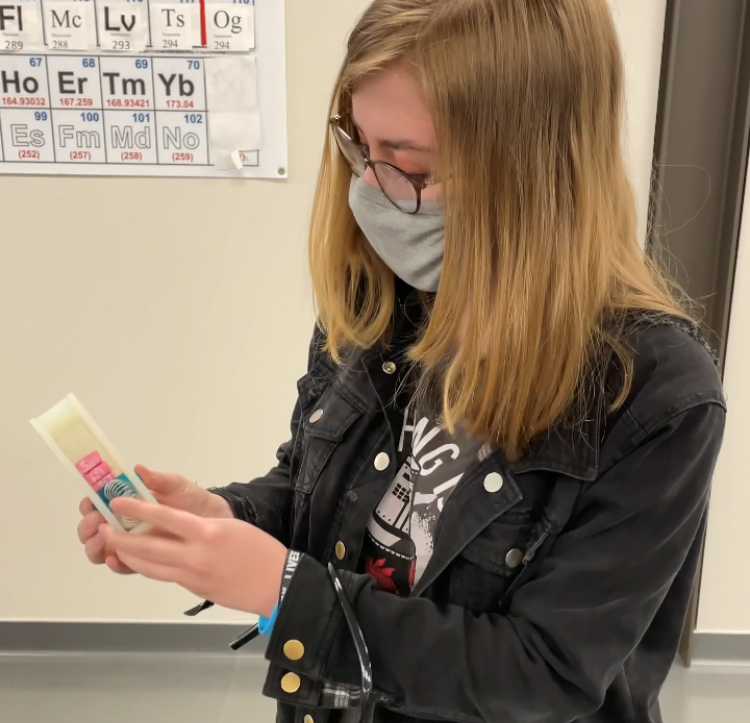 Student creators Faeron
Dewart-Cordray, Reagan Todd and Caroline Elki used 3D CAD
(computer-aided design) software to design a dispenser, similar
to Pez candy, that could be worn in a flexible tube around an
astronaut’s neck and dispense bite-sized foods like fruit chews
or beef jerky.
Student creators Faeron
Dewart-Cordray, Reagan Todd and Caroline Elki used 3D CAD
(computer-aided design) software to design a dispenser, similar
to Pez candy, that could be worn in a flexible tube around an
astronaut’s neck and dispense bite-sized foods like fruit chews
or beef jerky.
If NASA uses student finalists’ designs, their names will be put on those items when they’re used aboard the International Space Station, says Short. “It has been one of the best project-based learning experiences we’ve implemented in our STEM Academy,” she shares.
The Nine-Month Project Journey
Short says many of her students had minimal knowledge of NASA before beginning the HUNCH program, so at the start of school, she asked students to conduct preliminary research about the space agency. In September, NASA announced the 10 to 15 HUNCH projects, and Short’s students were able to select the ones that best captured their passions and interests.
Students then conducted research about their chosen projects in October and November. As part of the process, students searched for patents, participated in Zoom meetings with NASA researchers and developed ideas for their prototypes and display boards.
In late winter and spring, students began the hands-on work of transforming their ideas into models, testing prototypes and documenting their research. They made final presentations of their solutions to NASA in May 2020. Before COVID-19, HUNCH students could travel to the Johnson Space Center in Houston, but during the pandemic, presentations were made virtually.
About Meridian Technology Center
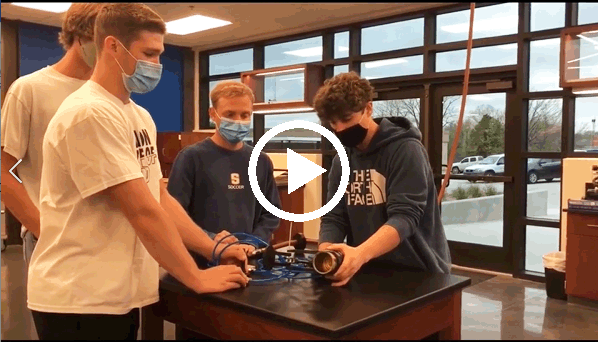 Meridian Technology Center is a
shared-time facility that serves 10 local school districts. The
school’s STEM Academy includes Pre-Engineering and Biomedical
Sciences. Meridian has been designated as a distinguished high
school with Project Lead the Way for four consecutive years. High
school students in grades 10-12 are on the campus for a half-day
— morning or afternoon.
Meridian Technology Center is a
shared-time facility that serves 10 local school districts. The
school’s STEM Academy includes Pre-Engineering and Biomedical
Sciences. Meridian has been designated as a distinguished high
school with Project Lead the Way for four consecutive years. High
school students in grades 10-12 are on the campus for a half-day
— morning or afternoon.
HUNCH aligns with Meridian’s senior capstone engineering development and design course in which students are required to research, design and test a solution to real-world problems. The pre-engineering students are given a budget for their HUNCH projects.
Contact: Debbie Short, debbies@meridiantech.edu; Facebook: @meridiantech.edu
This article was featured in the September 2021 issue of SREB School Improvement’s Promising Practices newsletter.


